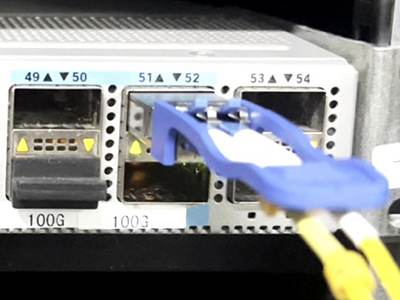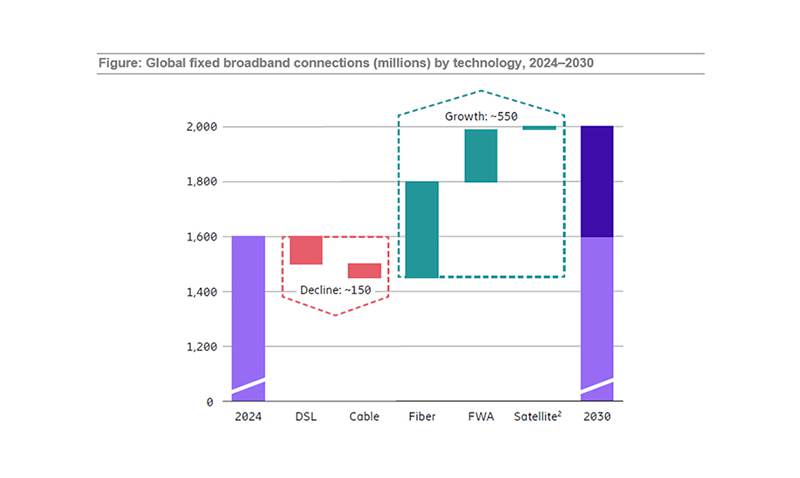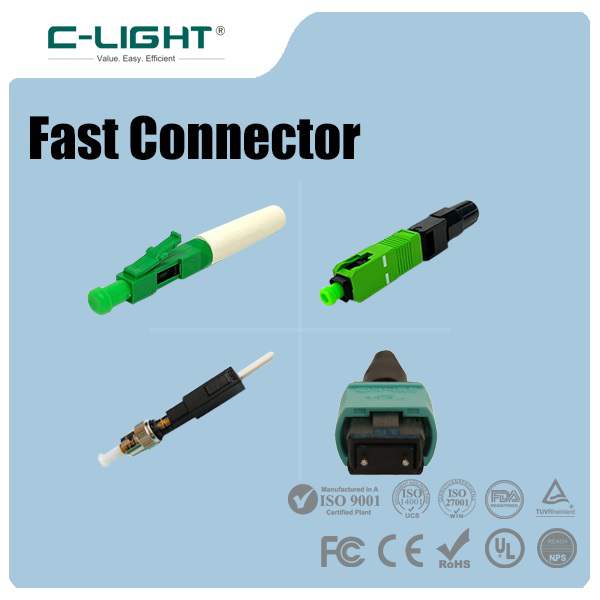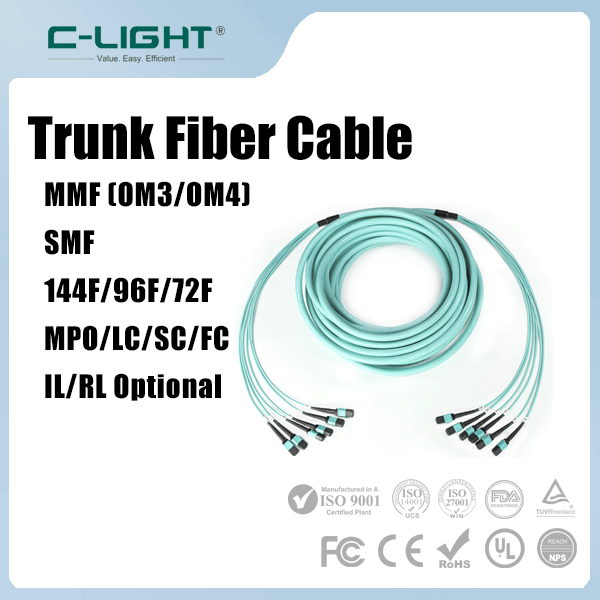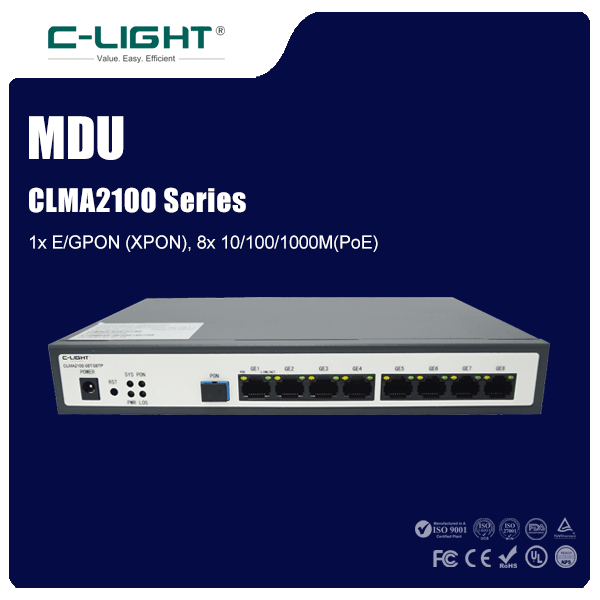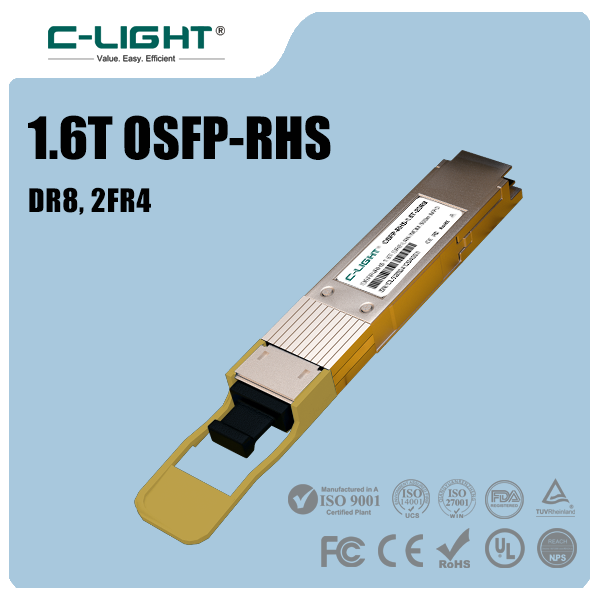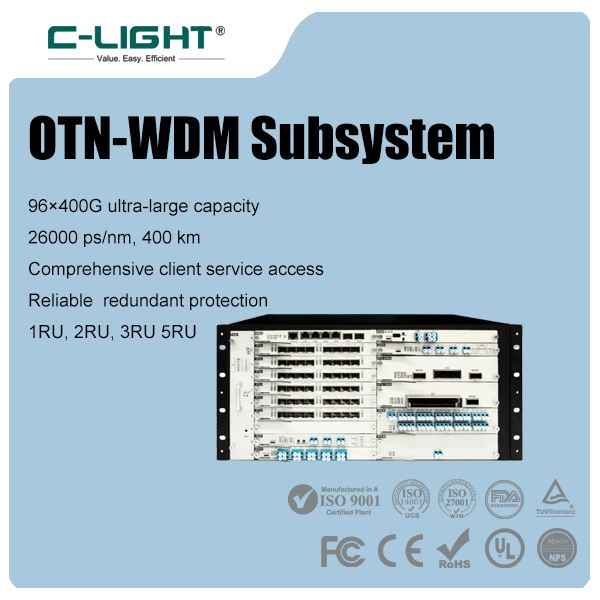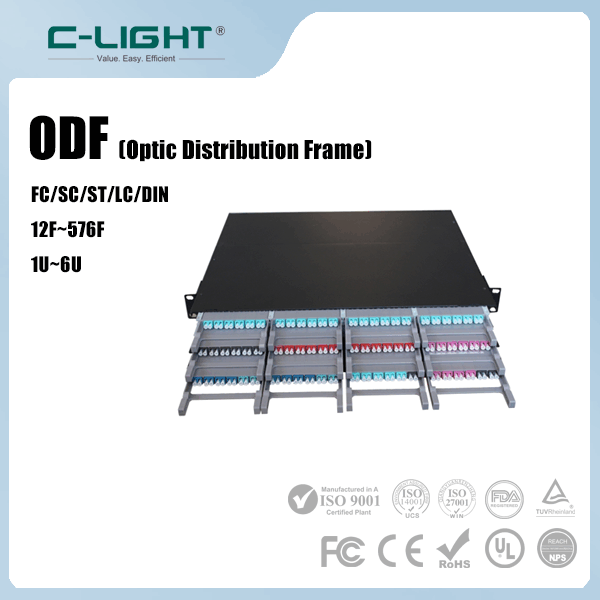The global optical transmission market returned to growth in the second quarter of 2025, posting a 9% year-on-year increase to reach $3.8 billion. Suppliers catering to cloud services and data center operators led this recovery.
This growth is primarily attributed to massive investments in AI infrastructure by hyperscale cloud providers.
Concurrently, the IP over DWDM router market is experiencing explosive growth. Projected to expand from $4.02 billion in 2024 to $4.67 billion in 2025, it demonstrates a Compound Annual Growth Rate (CAGR) of 16.4%, with expectations to surpass $8.46 billion by 2029.
01 Market Recovery and Growth Trends
The optical communication chipset market is forecast to grow at a CAGR of 17% between 2025 and 2030. Total sales are expected to rise from approximately $3.5 billion in 2024 to over $11 billion by 2030.
Excluding the Chinese market, optical transmission sales grew by 15% year-on-year. Spending from cloud and data center operators surged to nearly $1 billion, while service providers resumed purchases after a prolonged period of inventory digestion.
Cloud and data center operators now account for one-fifth of spending on optical transmission equipment, a figure that excludes capacity they deploy via leases from service providers.
Market research firm LightCounting indicates that growth in the Q2 2025 optical transceiver market will be primarily driven by 800G transceivers. Initial small-volume shipments of 1.6T transceivers are also expected to commence, beginning to contribute to revenue.
02 Technology Evolution and Innovation Trends
On the technological front, the expansion of IP over DWDM routers is a notable trend. This technology enables high-capacity, low-latency data transmission by integrating IP routing with multiple optical channels over a single fiber.
Spending on metro WDM equipment remains at historically low levels, as IP-over-DWDM pluggable optical transceivers in routers are replacing traditional optical transport hardware, reducing annual hardware expenditures by up to $2 billion.
Within the DWDM optical transceiver sector, demand is shifting from onboard solutions towards pluggable ZR/ZR+ transceivers. The industry anticipates that shipments of ZR/ZR+ modules will surpass those of onboard optics in 2025.
Innovations continue, such as a new multi-channel add-drop filter based on a hybrid silicon nitride and thin-film lithium niobate platform, offering a compact and scalable solution for sparse wavelength division multiplexing systems.
03 Core Growth Drivers
The surge in cloud computing services is a key factor driving the expansion of the IP over DWDM router market. These services provide on-demand access to computing resources like servers, storage, and applications via the internet.
As of December 2023, 45.2% of EU enterprises utilized cloud computing services, an increase of 4.2 percentage points from 2021.
Demand for AI cluster interconnectivity serves as another major driver. Investments in AI infrastructure by hyperscale cloud providers have fueled a sharp increase in shipments of 400G/800G Ethernet optical modules.
Revenue for the data center optical component market is projected to exceed $16 billion in 2025, representing growth of over 60%.
Recovery in the telecom market remains slow. However, telecom optical component revenue for 5 is viewed positively, supported by the continued growth of 400G ZR coherent transceivers and accelerating sales of new-generation WSS modules and amplifiers.
04 Future Prospects and Challenges
Growth in the IP over DWDM router market over the coming years will stem from multiple demands: amplified need for low-latency 5G backhaul, increasing smart city digital infrastructure projects, broader adoption of IoT applications, expansion of hyperscale data center interconnects, and the rise of government initiatives promoting broadband access.
Technological developments are expected to include advancements in 400G coherent optics, evolution towards flexible grid DWDM systems, breakthroughs in modular pluggable transceivers, progress in software-defined networking, and innovation in quantum cryptography for optical transmission.
Although Co-Packaged Optics receives attention, industry experts believe CPO will not substantially impact pluggable optical transceiver shipments within the next three years. 400G and 800G products are still expected to constitute the majority of shipments through 2025-2026.
Optical networks and the global telecom industry are becoming foundational infrastructure for the AI era, creating new opportunities for operators and their suppliers. As the global AI race accelerates digital transformation across sectors, and cloud services like video AI model training and inference experience explosive growth, DWDM optical transceivers, as the core of underlying transmission, will continue to benefit from this trend.
 TEL:+86 158 1857 3751
TEL:+86 158 1857 3751 
















































